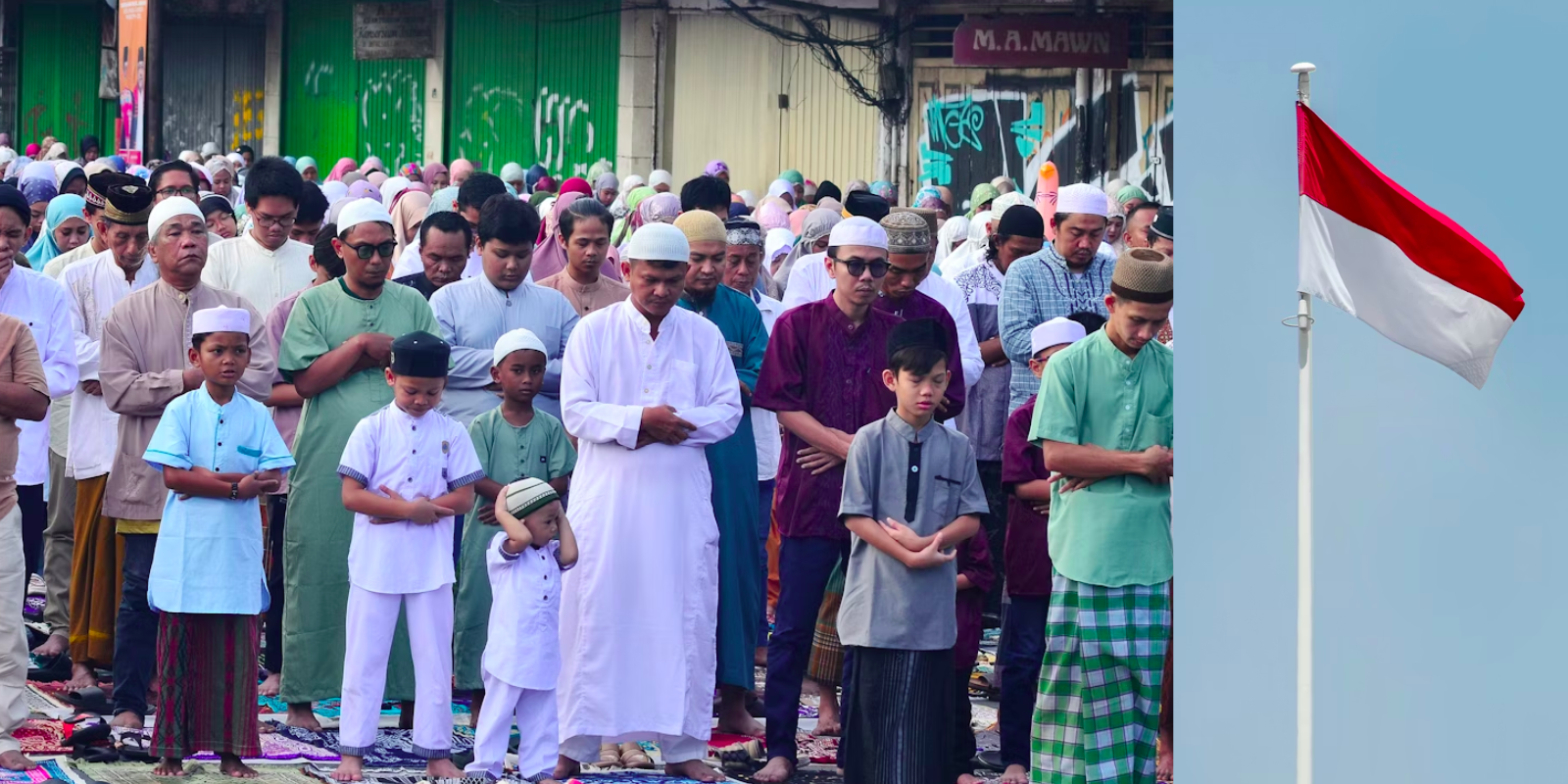An annual report on immigration and asylum in Ireland was published by the ESRI Tuesday, revealing that there had been a huge increase of immigrants from 2019 to 2022, and that, contrary to the Taoiseach’s statements this past week, most are not in the country for work.
The report, summarized by Gript shows that there were 13,600 immigrants claiming asylum in 2022, a 415 percent increase from 2021 and a 186 percent increase from 2019.
The top countries of origin for these asylum seekers were Georgia (20 percent), Algeria (13 percent), Somalia (12 percent), Nigeria (8 percent), Zimbabwe (7 percent) and Afghanistan (6 percent).
The application data revealed that just 23 percent of these immigrants were seeking asylum for employment. Taoiseach Leo Varadkar had earlier overwhelmingly connected the increase in immigration to people seeking work in an attempt to demand Irish people to stop “connecting crime with immigration.”
This came after an Algerian native stabbed a woman and three children at a school in a crazed, random attack last week, sparking protests in the streets of Dublin.
Varadkar also argued that the massive amount of immigration Ireland has seen is a positive factor for public spending. In reality, just over a quarter are paying employment tax.
According to the report, there were 85,793 first-residence permits issued in 2022 to legal migrants, compared to 34,935 in 2021, representing a 146 percent increase in the number of permits issued.
The total number of valid resident permits for immigrants in 2022 stood at 234,057.
The report also highlights the government’s response to immigration which has proven to invite immigrants to Ireland to due its lax responses to negative impacts of immigration.






